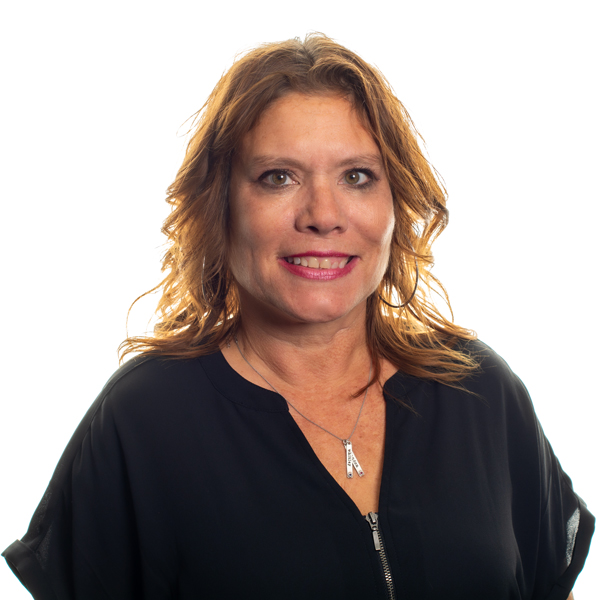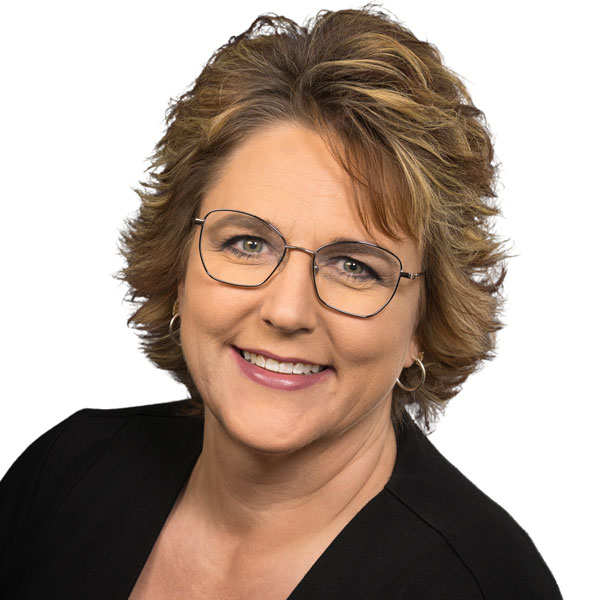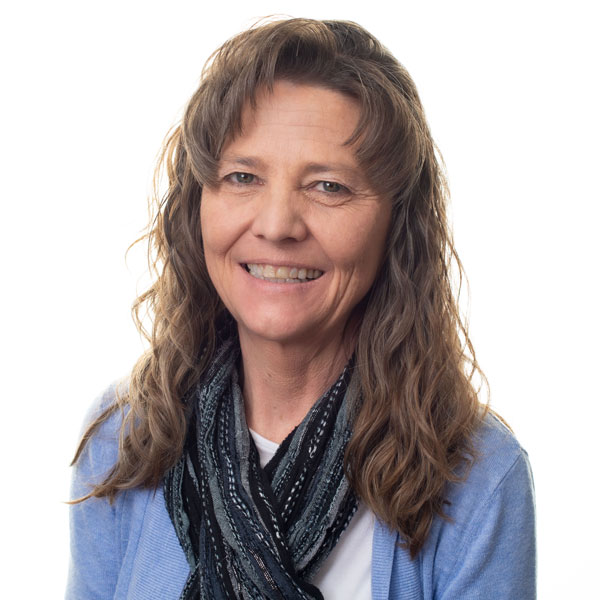ABLE BASICS & FACTS – Download PDF
What is an ABLE account? ABLE accounts are tax-advantaged savings and investment accounts for individuals with disabilities. They were created as a result of the passage of the Stephen Beck Jr., Achieving a Better Life Experience Act of 2014, better known as the ABLE Act. The individual with the disability is the account owner.
Who Is eligible? An ABLE account owner must have had a significant disability onset prior to age 26. An account can be opened at any age. Individuals who never received SSI and/or SSDI, or who began receiving benefits after age 26, need to request a Disability Certification from their physician indicating that the significant disability onset was prior to age 26. In January 2026, the disability onset becomes prior to age 46.
Why the need for an ABLE account? Many individuals with disabilities and their families depend on a variety of public benefits for income, health care, food and housing assistance. Eligibility for these public benefits requires meeting a means test that limits eligibility and requires individuals to report savings and assets. Cash savings, investment funds, retirement funds and other items of significant value may make them ineligible for some of these programs. ABLE accounts allow eligible individuals to save and invest money, largely without affecting eligibility for public benefits. Medicaid eligibility is not affected by ABLE savings in any amount up to the individual state 529 savings limit.
How Do I Open An Account? ABLE accounts are opened through the state ABLE program website. It takes a minimal amount of time to open an account. You can view state by state comparisons on the ABLE website. The website is available at https://www.ablenrc.org.
How Do I Manage My Account? ABLE accounts are savings accounts that offer choices for investing. You can make changes to your investments twice a year. The minimum contribution to open the account is typically small and varies from state to state. Many of these accounts come with a debit card. Nearly all of the accounts have a minimal quarterly fee for handling the investment.
Who can contribute? The account owner, family, friends, an employer or the account owner’s Special Needs Trust (SNT) may contribute funds into the account. ABLE account owners – both those who receive and those who do not receive public benefits – may save for qualified disability expenses.
How can funds be used? Funds in ABLE accounts can be used for a wide array of qualified disability expenses such as education, transportation job training, housing and more!
What are Qualified Disability Expenses? Under IRS regulations, qualified disability expenses include, but are not limited to, expenses for the beneficiary’s education, housing…
Becoming ABLE Account Ready
Identify your need for savings: Whether you are working and producing income and/or a Social Security beneficiary of SSI and/or Social Security Disability Insurance (SSDI) monthly income payments, make a list of short- and long-term needs to set aside for funds in an ABLE account. Consider whether these needs will be covered by any public benefit program you currently receive or may receive in the future.
Identify sources for income: Friends, family and an employer may all be invited to contribute to your ABLE Account. The total allowable contributions from all contributors combined is currently $18,000 in 2024. Your contributions to an ABLE account are not tax deductible for purposes of filing your federal taxes, but may be deductible for purposes of your state income tax depending on where you live. A beneficiary who is working can deposit up to $14,580./year more in 2024 if he or she isn’t participating in an employer-sponsored retirement plan.
Consider an ABLE account as part of long-term financial goals: The ABLE account funds will not impact continued eligibility for SSI, Medicaid and other public benefits. If you already have or are considering a Special Needs Trust, or SNT, discuss your long-term goals with your financial advisor or attorney about whether an ABLE account could be established to complement the goals of the trust. The SNT also protects against loss of eligibility for public benefits. The costs of establishing an SNT with the engagement of a knowledgeable attorney will more likely be higher than establishing an ABLE account with a state. An ABLE account can cover a broader array of qualified disability expenses than a Special Needs Trust.
Be aware of stipulations related to all ABLE accounts: You may not be eligible for an ABLE account if your age of onset of disability is after age 26, or your disability does not meet the threshold to document significant disability below age 26. If you establish an ABLE account and do not use all the resources in the account before you die, the remaining funds are subject to a payback provision to the state if you used Medicaid for any supports and services. A few states have passed laws to eliminate the Medicaid payback provision.
Compare state ABLE programs: More than 30 states have opened ABLE programs and others invite eligible individuals nationwide to open an ABLE account outside of their state of residence. You can compare states by going to the website: https://www.ablenrc.org .
Your needs are unique: No two eligible individuals have the same needs for opening and managing an ABLE account. You may have set short-term priorities and be withdrawing funds weekly or monthly. Another individual may have longer term needs and priorities for saving and using an ABLE account.
Talk with people you trust: Create a circle of support of family and friends. Though not required in order to open an ABLE account, you may consider consulting a financial advisor who has experience with creating and/or managing a Special Needs Trust. Seek referrals from families who have experience using the trust. For many families, the ABLE account will be a significant and viable option in addition to, rather than instead of, a trust program.
Be informed: As states continue to open ABLE programs, the ABLE National Resource Center will compare and contrast individual state programs to help you make informed decisions.







